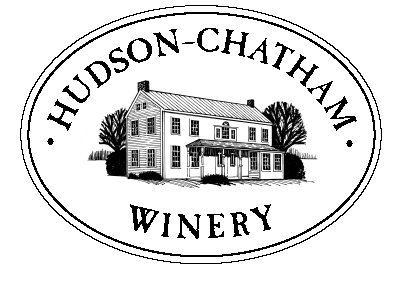Hudson-Chatham Winery at
Millay Colony for the Arts
Summer Fete!



Millay died at Steepletop in 1950. Her gravesite is on the property, along with those of her husband, her mother Cora, her sister Norma, and her brother-in-law Charles Ellis.
Millay Colony for the Arts
Summer Fete!

My candle burns at both ends;
It will not last the night;
But ah, my foes, and oh, my friends --
It gives a lovely light!
"First Fig," 1918
If you're looking for something truly out-of-the-ordinary to do this Saturday night, July 18, come to the Millay Colony of the Arts for their Summer Fete. It's an Art & Music Festival that's an evening party of art, music, wine, and hors d'oeuvres in a festive party tent under the stars. There will be music from Millay alumni and special guests; delicious treats from local restaurants and farms; featured wines from Hudson-Chatham Winery (what more could you want?!); and special wine choices from Hudson Wine Merchants, as well. There will also be a silent auction of original postcard art by Millay alumni. The event is from 6-10 pm at the Colony, 454 East Hill Rd., Austerlitz, NY, and tickets are $75/person.
If you're looking for something truly out-of-the-ordinary to do this Saturday night, July 18, come to the Millay Colony of the Arts for their Summer Fete. It's an Art & Music Festival that's an evening party of art, music, wine, and hors d'oeuvres in a festive party tent under the stars. There will be music from Millay alumni and special guests; delicious treats from local restaurants and farms; featured wines from Hudson-Chatham Winery (what more could you want?!); and special wine choices from Hudson Wine Merchants, as well. There will also be a silent auction of original postcard art by Millay alumni. The event is from 6-10 pm at the Colony, 454 East Hill Rd., Austerlitz, NY, and tickets are $75/person.

The Millay Colony promotes the vitality of the arts and the development of writers, visual artists, and composers by providing a retreat for creative work.

Millay the Poet
Born in Rockland, Maine in 1892, Edna St. Vincent Millay early on displayed the literary talents that she later became known for. She was only nineteen years old when she published one of her most famous poems, Renascence. Over the next three decades, she published poetry, plays, political writings, and a libretto for an opera set to music by Deems Taylor. She also went on cross-country reading tours and recited poetry over the radio to support the war effort. Her work was honored in 1923 with the Pulitzer Prize.
Born in Rockland, Maine in 1892, Edna St. Vincent Millay early on displayed the literary talents that she later became known for. She was only nineteen years old when she published one of her most famous poems, Renascence. Over the next three decades, she published poetry, plays, political writings, and a libretto for an opera set to music by Deems Taylor. She also went on cross-country reading tours and recited poetry over the radio to support the war effort. Her work was honored in 1923 with the Pulitzer Prize.
In the immediate post-World War I era, Millay emerged as a major figure in the cultural life of Greenwich Village, when the Village served as an incubator of every important American literary, artistic, and political movement of the period. As part of this milieu, Millay's work and life came to represent the modern, liberated woman of the Jazz age, free of the restrictions of the past, as represented in her famous lines of poetry, "My candle burns at both ends..."
In 1925, Millay and her husband, Eugen Boissevain, a Dutch importer, purchased the property at Steepletop, a 19th-century farmhouse, in Austerlitz, New York. They spent the next 25 years creating both a peaceful place where Millay could write and a social gathering spot that their friends—writers, musicians, and others—could enjoy.
Millay died at Steepletop in 1950. Her gravesite is on the property, along with those of her husband, her mother Cora, her sister Norma, and her brother-in-law Charles Ellis.
(courtesy Edna St. Vincent Millay Society)


0 Comments:
Post a Comment
<< Home